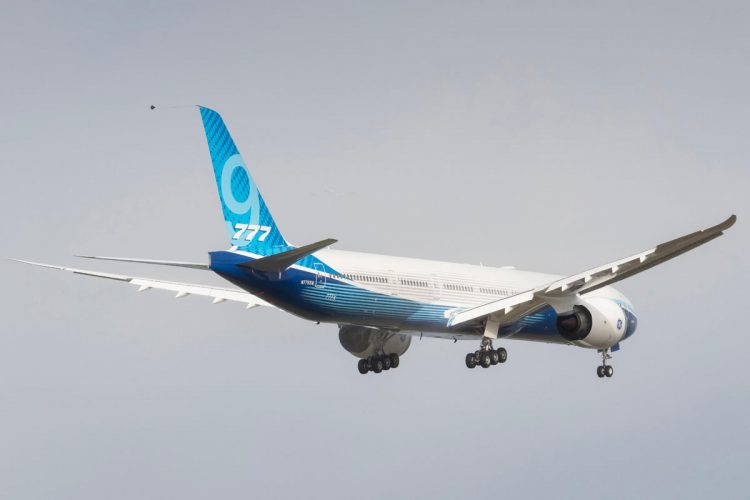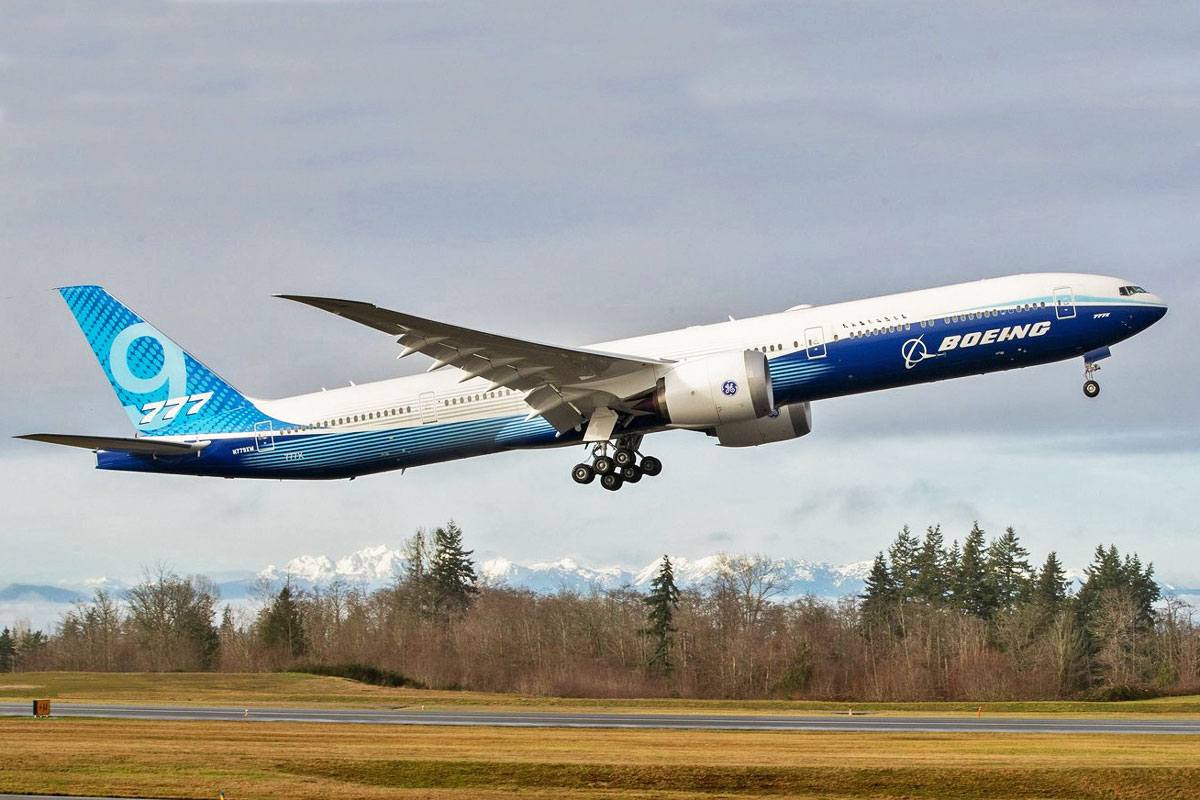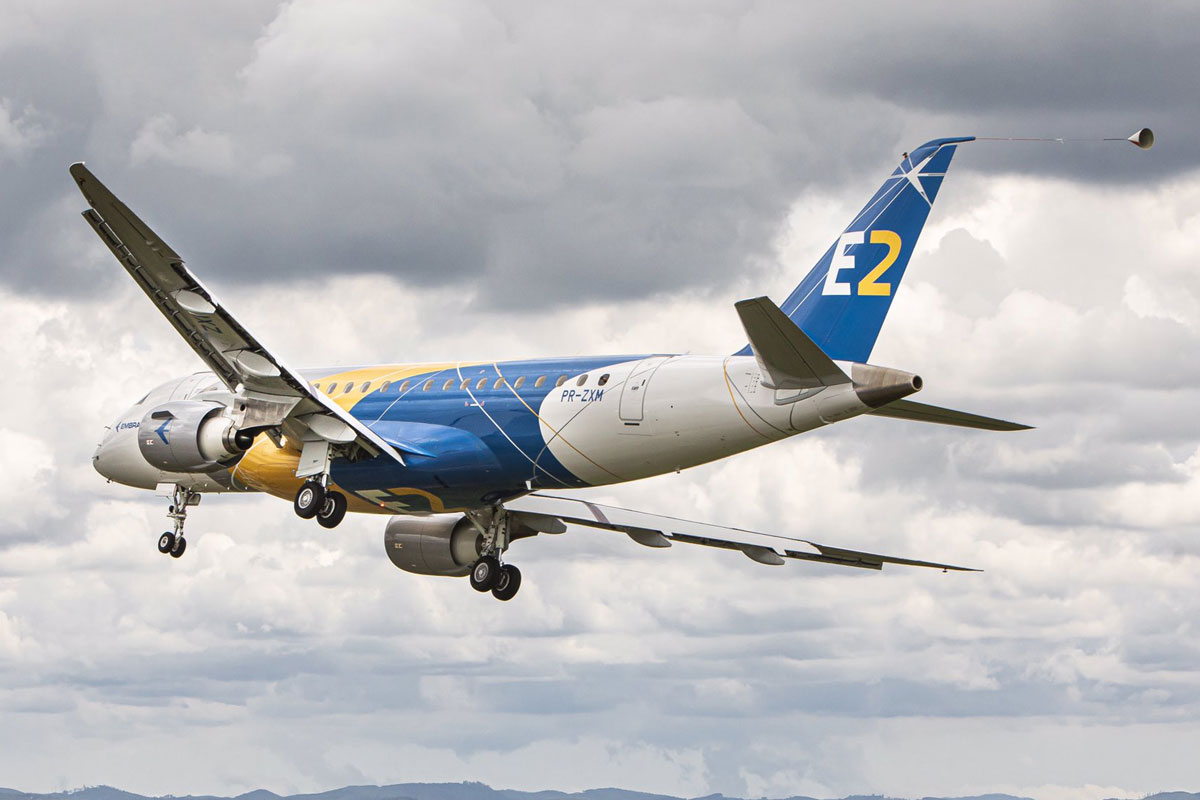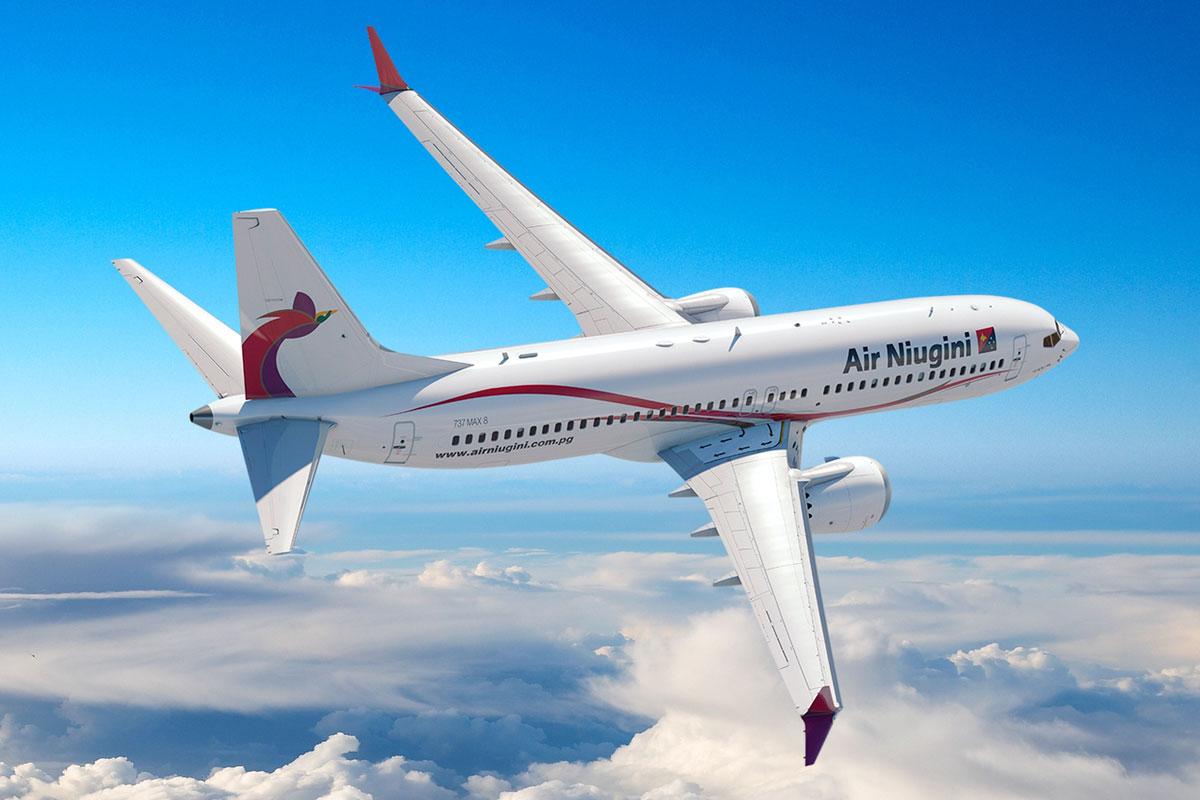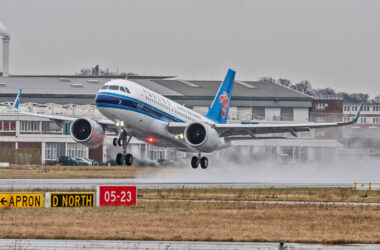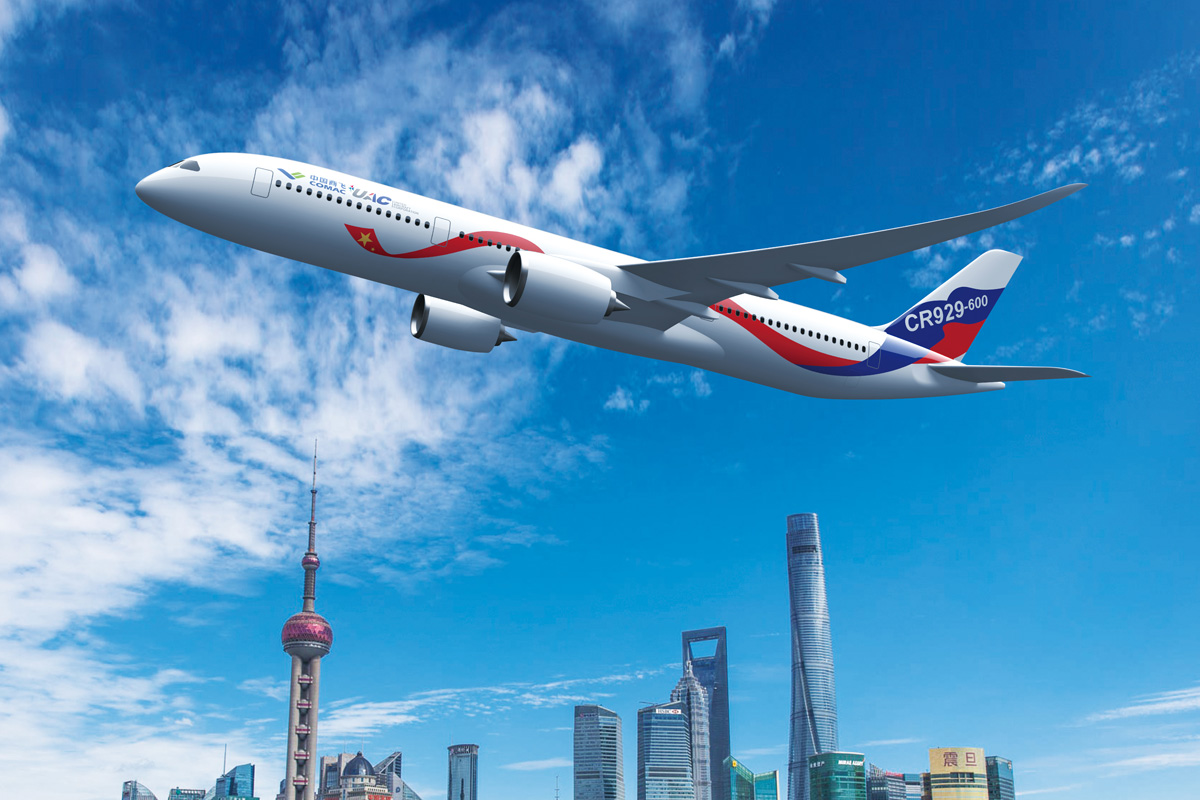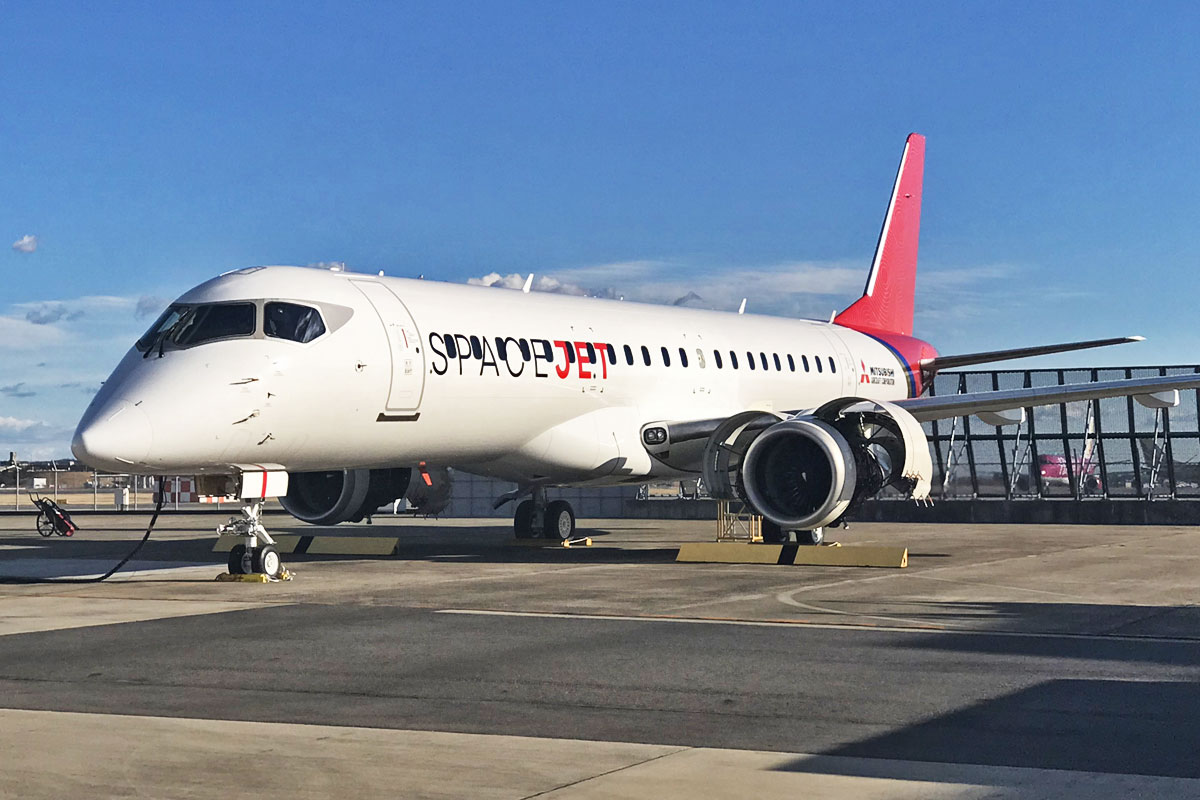The weather around Paine Field in Everett, Washington, where Boeing’s largest assembly line is located, seemed to reflect the company’s momentum in one word: unpredictability.
After several months of delay, the 777X’s inaugural flight was scheduled for Thursday, but the weather ended up making the manufacturer transfer the expected event to Friday. Everything seemed ready for a great day, with hundreds of employees in attendance, live transmission over the internet that brought together 60,000 viewers, but the weather again did not cooperate and, after hours of waiting, the giant’s prototype had to taxi back from the runway.
Facing the succession of bad news that hit Boeing, the event reinforced the impression that nothing has worked for the company lately. But on Saturday, the weather finally helped, and at 10:09 local time, the huge 350-ton plane completed its maiden flight of almost 4 hours and ended with a landing at Boeing Field in Seattle.
“The 777X flew beautifully, and today’s testing was very productive,” said Capt. Van Chaney, 777/777X chief pilot for Boeing Test & Evaluation. “Thank you to all the teams who made today possible. I can’t wait to go fly your airplane again”, he finally celebrated.
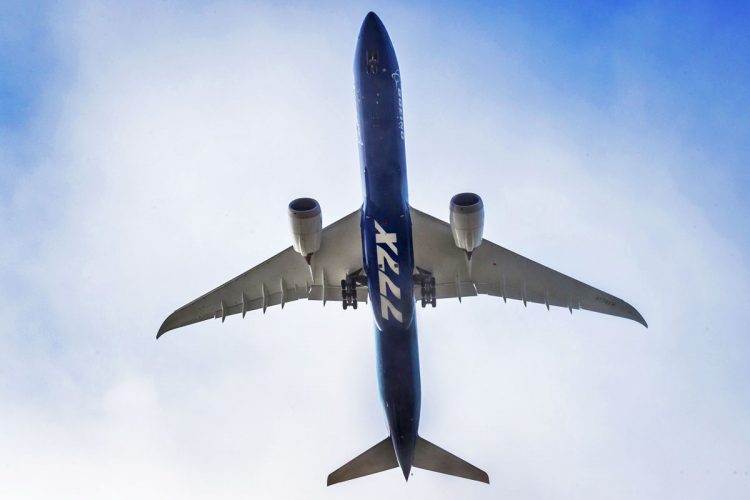
Challenging future
Now Boeing is starting an intense test program to certify the 777-9 variant, the largest in the new family, with the capacity to carry 426 passengers in two classes and fly 13,500 km nonstop. Another three jets will join the WH-001, the first test aircraft, which are already in the final stages of completion.
After promising to deliver the first plane in late 2020, Boeing this time predicts that the 777X will enter service in 2021. The aircraft’s first customers will be Lufthansa and Emirates, which have 34 and 126 units ordered between firm orders and commitments.
In total, Boeing says the 777X has 330 orders from eight airlines, in addition to 10 aircraft from undisclosed customers. It seems like a good number, however, the widebody program was launched in 2013 and since then some customers have ended up reviewing their orders down.
Despite this, there is no doubt about the efficiency of the 777X. Designed with the lessons learned by the 787, the new generation of the twin engine has larger windows, a more spacious cabin with an improved environment, efficient engines and wings made of composite material with advanced design and which include an innovation, the folding wingtips, a necessary feature for the jet does not take up too much space at current airports – a problem with the A380.
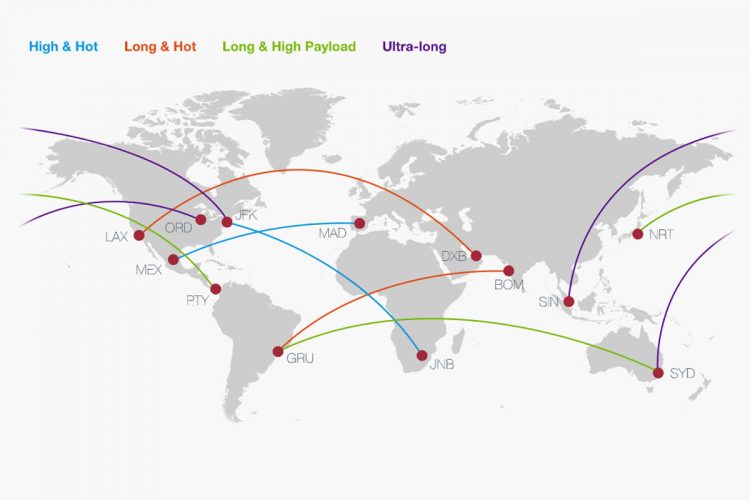
With this package, the 777X is able to offer a cost per seat 33% less than a 747-8, 20% less than the A380 and 10% lower than its main rival, the A350-1000. Boeing also reinforces that since its launch, the 777 has accumulated twice as many orders for the Airbus aircraft.
The big question about the new “triple seven”, however, concerns market demand. When the A380 and 747 finish production, the 777X will be the largest commercial aircraft available, which could be an advantage as long as airlines see value in operating such a large aircraft, practically equivalent to the old Jumbos.
As is known, most airlines today have opted for more versatile and not so large aircraft so they can be used on more routes. Models such as the A350 and the 787 have been doing better in this new phase of air transport, with direct flights between smaller cities and more frequently flights in large cities.
On the other hand, if the market is strong enough in this decade, Boeing may be able to reap the rewards of owning a unique aircraft for a long time.
